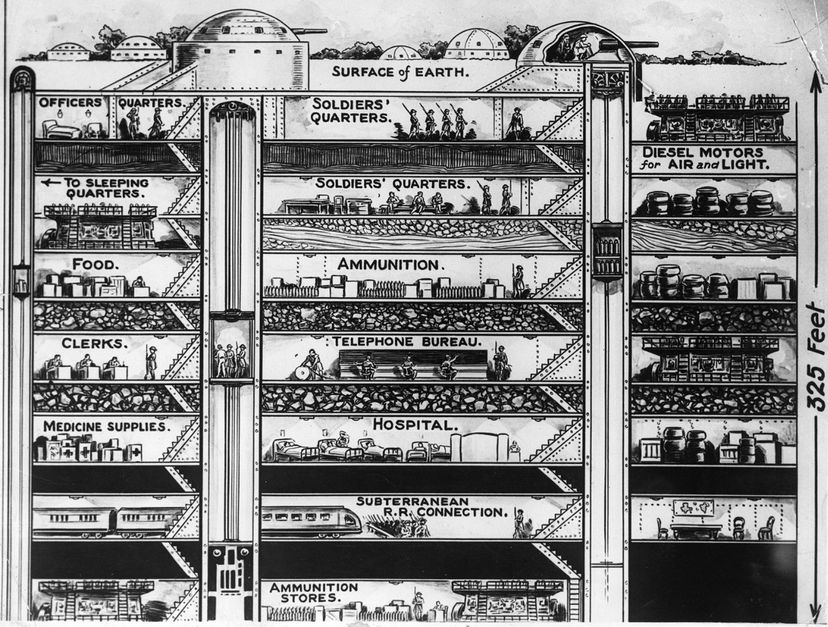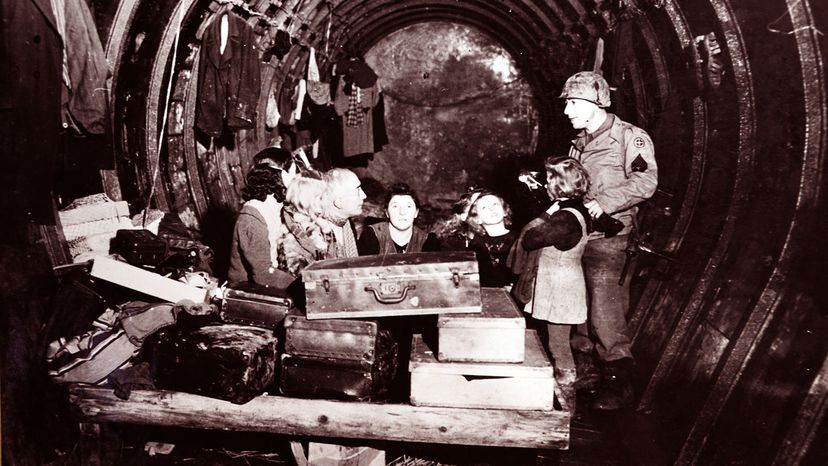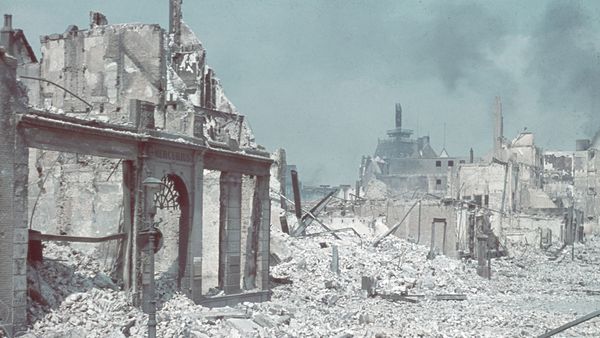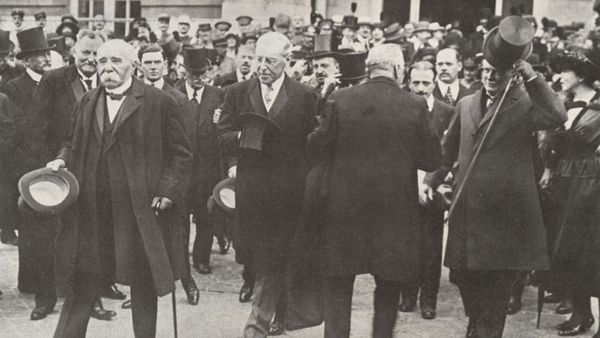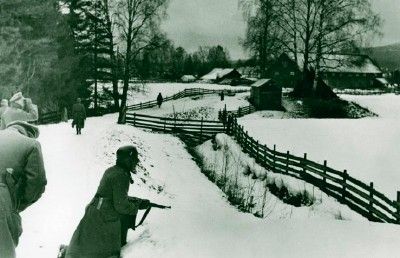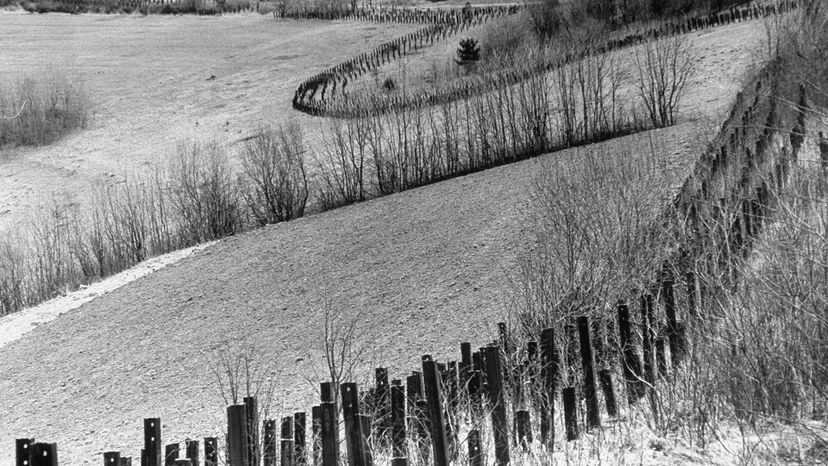
World War I absolutely devastated France. Of the roughly 8.5 million French soldiers mobilized in 1914 to fight Germany and the other Central Powers, more than 6 million became casualties, either killed, wounded or declared missing during four years of grueling trench warfare.
In the wake of that catastrophic war, the French government vowed to protect its vulnerable northeast border with Germany from any future attacks. With fresh memories of fighting and living in squalid, open-air trenches, the French spent a decade building a 300-mile (482-kilometer) series of underground fortifications that would be both impenetrable and comfortable to live in. Behind an imposing line of pop-up gun turrets, tank traps and 12-foot (3.6-meter) concrete walls were fully equipped subterranean military bases complete with mess halls, hospitals, recreation facilities and railway lines.
Advertisement
These impressive fortifications — 142 large artillery forts called ouvrages or "works," 352 fortified gun emplacements called "casemates," and 5,000 smaller bunkers and pillboxes — became known as the Maginot Line, named after the French politician André Maginot (pronounced Mah-ji-noh). The line wasn't Maginot's idea alone, but he helped push the ambitious, multimillion-franc project through parliament.
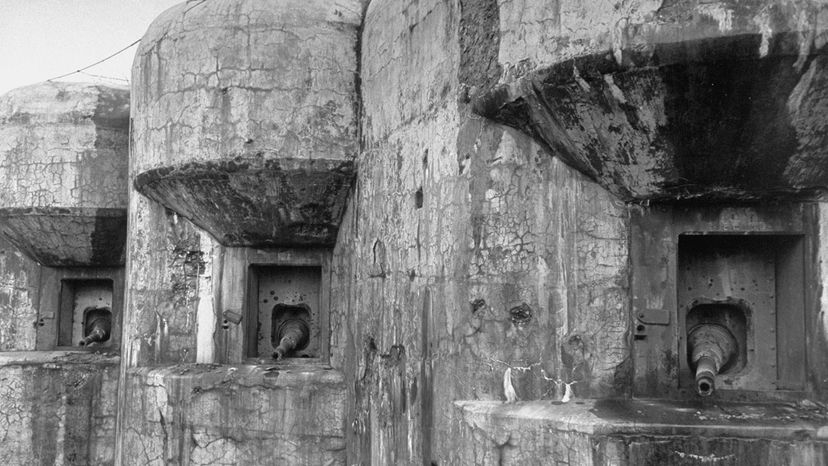
Despite its monumental concrete glory, which was the pride of interwar France, the Maginot Line ultimately wasn't able to stop Adolf Hitler's Nazi war machine from quickly overwhelming and occupying France in World War II. But does that mean that the Maginot Line was the colossal blunder that many historians have made it out to be?
Not according to Robert Kirchubel, a military historian with the FORCES Initiative at Purdue University.
"The Maginot Line was meant to stop a World War I-style attack of infantry and artillery, and it did what it was supposed to do," says Kirchubel, who's written multiple books on World War II military campaigns. The problem was that Hitler and his generals abandoned the "static" style of WWI fighting for a far more mobile blitzkrieg attack that punched a hole into France through Belgium and the Netherlands. "That's the part that fell apart for the Allies."
Advertisement
